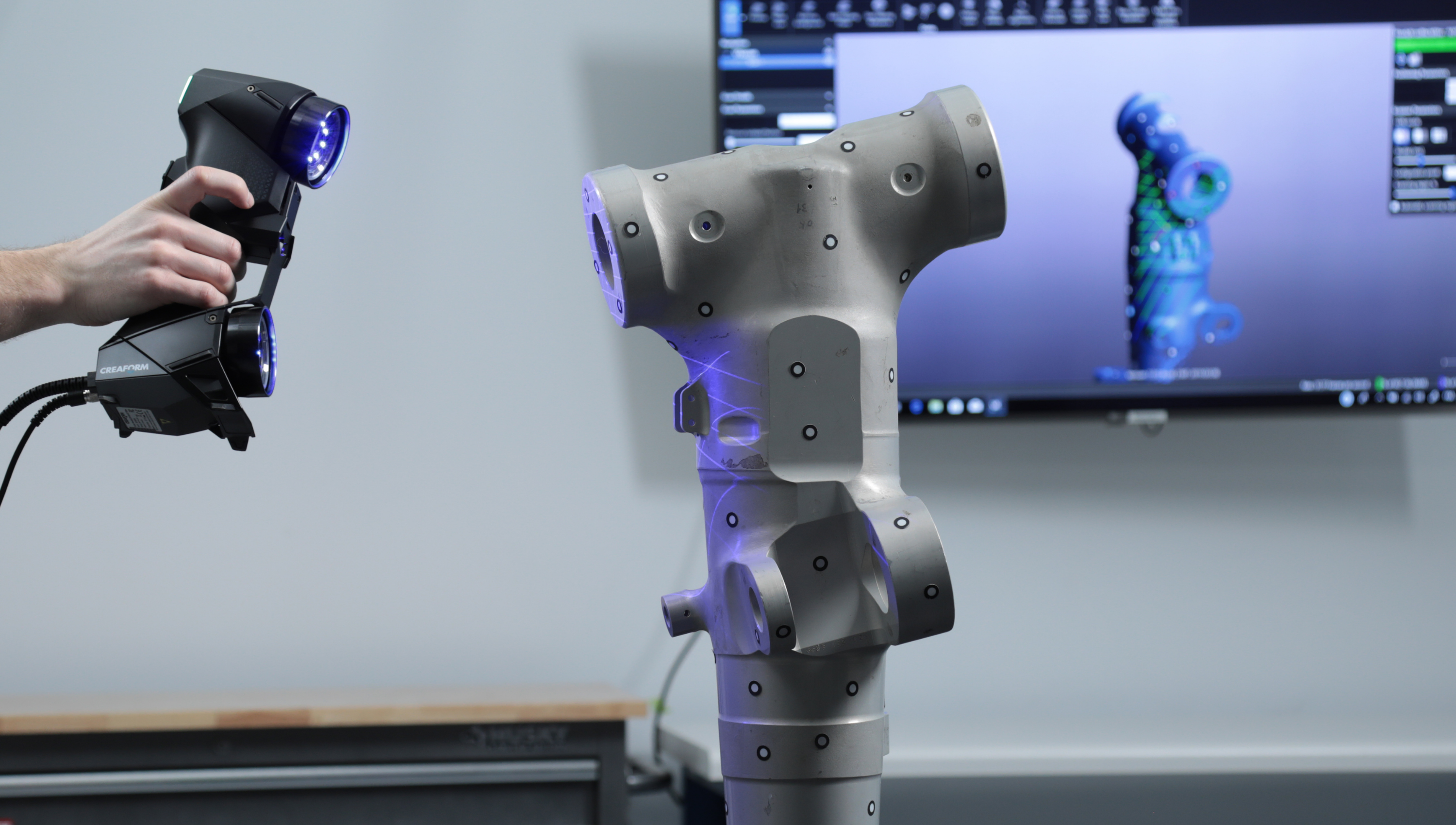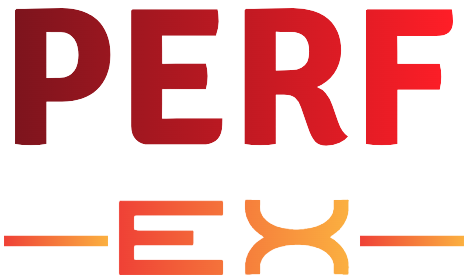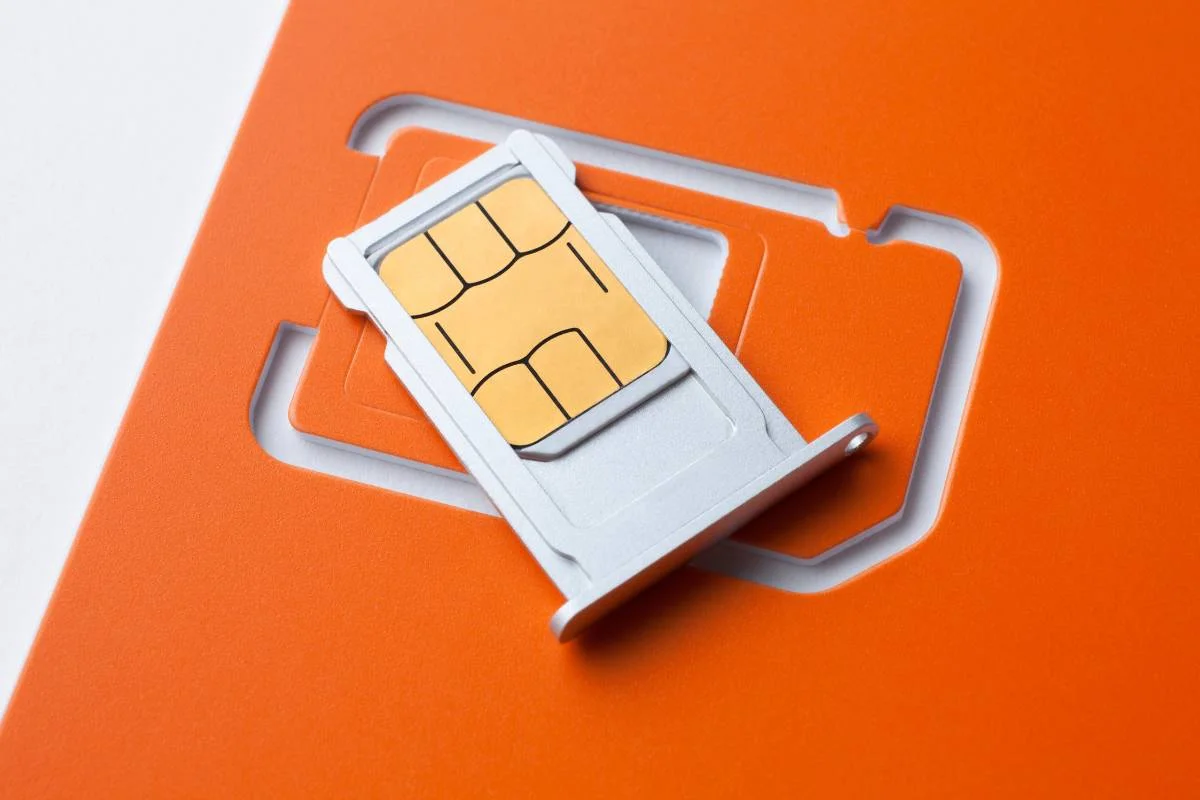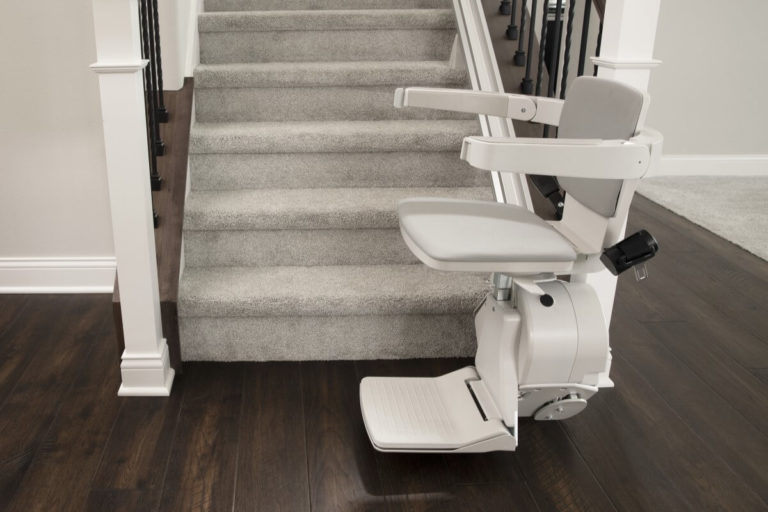
In our fast-paced modern world, demand for innovative design is always on the rise. This is where 3D object scanning services step in, offering a game-changing approach to capturing real-world objects in intricate detail. By harnessing cutting-edge technology, these services enable businesses and individuals to digitize physical objects, unlocking a world of possibilities for industries such as manufacturing, architecture, fashion, and more. This article explores the benefits and applications of 3D objects scanning. It also examines how it has changed the way designers and creatives approach design. At the core of 3D object scanning lies a fascinating blend of hardware and software technology. High-resolution camera systems, laser sensors and structured light systems combine to capture the minute details of an object’s surface. This creates a digital representation that is three-dimensional. This process involves the precise measurement of geometric data and the generation of a point cloud, which forms the foundation for creating accurate and realistic 3D models. The software algorithm then analyses the captured data to convert it into usable formats, ready for further fabrication or manipulation. If you are looking for more information on 3d laser scanning services, click on the mentioned above site.
The applications of 3D object scanning are vast and diverse. Rapid prototyping is possible, as well as quality control and reverse engineering. Architects can use digital models to seamlessly integrate the real world into their designs. Healthcare professionals benefit from precise anatomical scanning for customized medical solutions. Even the entertainment industry utilizes 3D scanning to bring virtual characters to life in movies and video games. Benefits are many, including improved efficiency, lower costs, increased accuracy, and the opportunity to explore new design options. Let’s look at some real-world examples to understand the impact of 3D scanning. In the automobile industry, engineers scan real car parts in order to optimize their weight or aerodynamics. In fashion, designers can create custom-fitted garments using accurate body scans. Museums, cultural institutions and libraries can preserve artifacts digitally. This allows for virtual exhibitions as well as detailed documentation. These examples illustrate the versatility and practicality 3D object scanning can be used in different fields.
As technology continues its advancement, 3D object scans will become more and more powerful. With the ongoing development of machine learning technologies, artificial intelligence and automation, we will see more sophisticated scanning and seamless integration within design workflows. As 3D scanner technology becomes more accessible, small businesses and individuals can also benefit from its capabilities. The future holds many exciting possibilities in terms of design, innovation, creativity and 3D object scanning. The 3D scanning services revolutionized how we design, manufacture, and create. Businesses and individuals benefit from a multitude of innovative, customizing, and optimizing opportunities by digitalizing real-world products with astonishing precision. There are many applications, from architecture to healthcare and product design. 3D scanning of objects will be a major influence on the future of design. It will offer new dimensions of creativity, and redefine what is possible. 3D object scanners unlock an endless world of possibilities.








